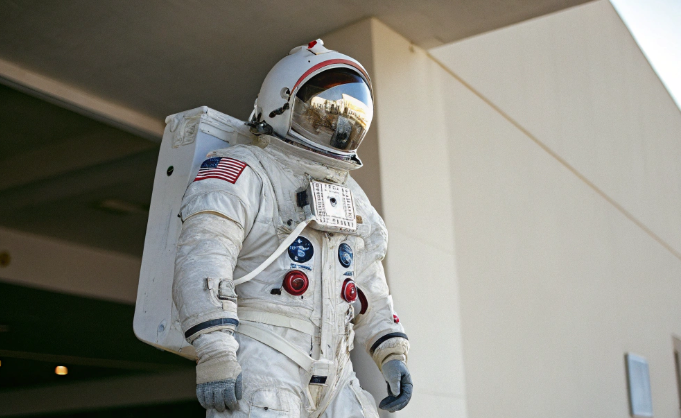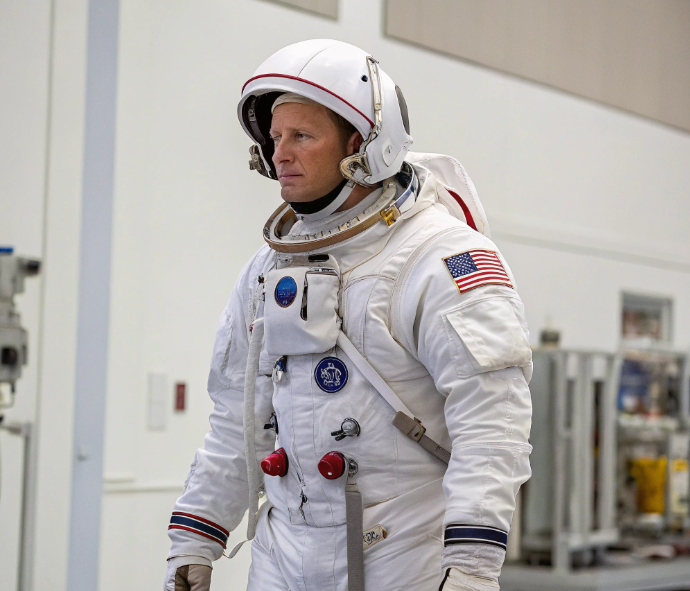NASA astronauts Sunita Williams and Butch Wilmore recently returned to Earth after an unexpectedly long mission aboard the International Space Station (ISS). Originally planned as an eight-day trip, their stay was extended to over nine months due to technical issues. This situation has sparked discussions about astronaut compensation and the challenges of prolonged space missions.
The Unexpected Extension
Williams and Wilmore launched into space in June 2024, anticipating a brief mission. However, complications with Boeing’s Starliner spacecraft led to significant delays, prolonging their stay to 286 days. Despite the extended duration, both astronauts remained committed to their duties, contributing to various scientific experiments and maintaining the ISS’s operations.
Astronaut Compensation: No Overtime in Space
One might assume that such an extended mission would result in substantial additional pay. However, NASA’s compensation structure for astronauts doesn’t include overtime, regardless of mission length. Astronauts are classified under the General Schedule (GS) pay scale, specifically at GS-15, with annual salaries ranging from $125,133 to $162,672. This means their earnings are fixed and do not increase with extended missions.

Incidentals: The Modest Daily Allowance
In addition to their base salary, astronauts receive a daily stipend for incidental expenses, historically around $4 per day. For Williams and Wilmore, this amounted to approximately $1,148 for their 286-day mission. This stipend is intended to cover minor personal expenses, though it’s unclear what incidentals one might encounter in space.
Historical Context: Extended Spaceflights
Extended missions are not unprecedented in space exploration. For instance, Russian cosmonaut Valery Polyakov holds the record for the longest single spaceflight at 437 days. More recently, NASA astronaut Frank Rubio spent 371 days in space due to unforeseen circumstances. These extended missions highlight the unpredictable nature of space travel and the resilience required by astronauts.
The Psychological and Physical Toll
Prolonged stays in microgravity environments like the ISS can have significant effects on the human body, including muscle atrophy and bone density loss. Astronauts undergo rigorous physical training and adhere to strict exercise regimens to mitigate these effects. Additionally, the psychological challenges of isolation and confinement require mental fortitude and support from mission control teams.

The Return Journey and Reacclimation
Upon their return, astronauts like Williams and Wilmore must undergo a period of readjustment to Earth’s gravity. This involves medical evaluations, physical therapy, and a gradual return to regular activities. The process ensures they regain their strength and adapt back to Earth’s environment after an extended period in space.
Looking Ahead: Future Missions and Compensation Discussions
The situation with Williams and Wilmore has reignited conversations about astronaut compensation, especially concerning extended missions. As space agencies and private companies plan longer missions, including potential trips to Mars, discussions about fair compensation and support for astronauts will become increasingly important.
